Data Analytics Using R Programming - R Programming Data Analysis
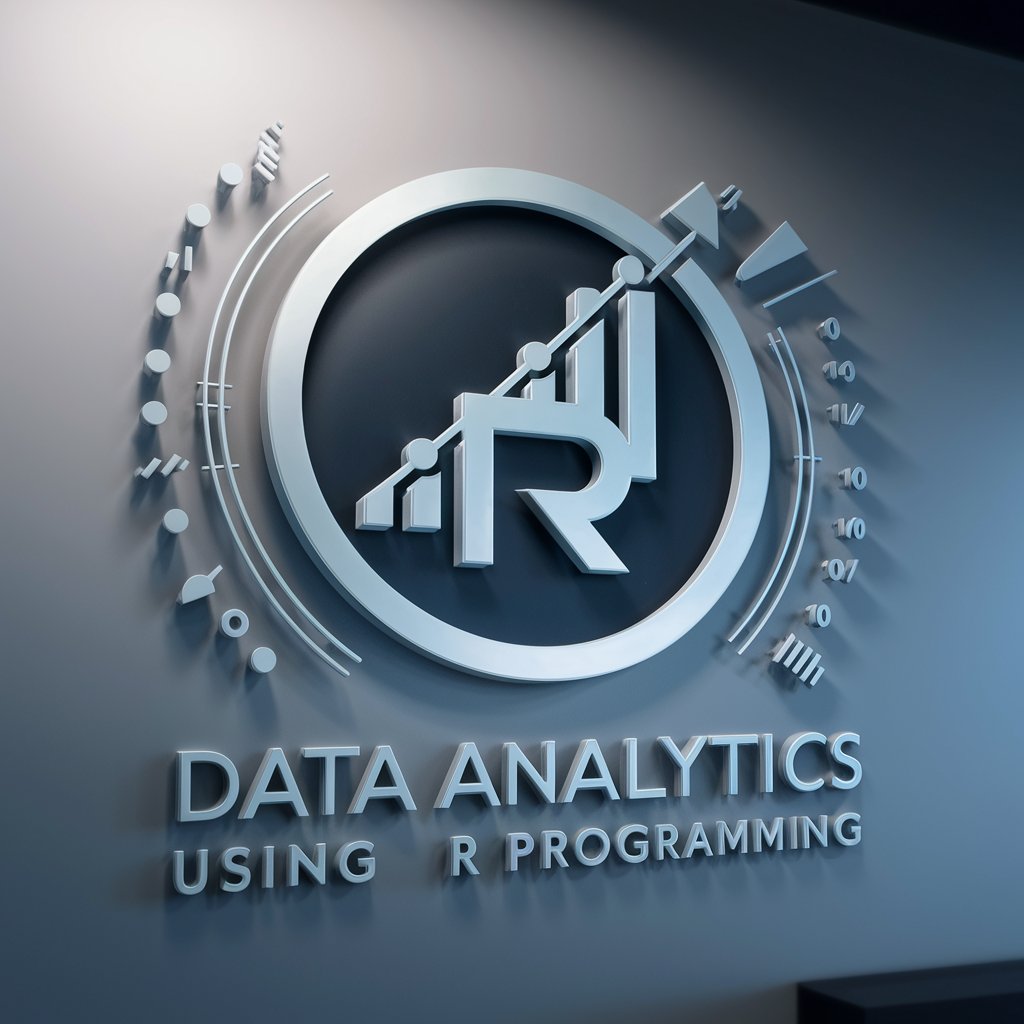
Welcome to your R programming data analytics assistant!
Empowering analytics with AI-driven R programming
Explain the advantages of using R for data analytics compared to other programming languages.
Describe how to install and manage packages in R.
Illustrate the steps involved in performing linear regression analysis using R.
Discuss the importance of exploratory data analysis and the tools available in R for this purpose.
Get Embed Code
Introduction to Data Analytics Using R Programming
Data Analytics Using R Programming addresses the growing demand for a programming language tailored for statistical computing and data analysis over traditional procedural and object-oriented languages. It introduces R, a language designed for these tasks, highlighting its role in analyzing vast datasets to extract valuable insights across various industries. R's open-source nature enhances accessibility and collaboration among developers, researchers, and analysts, fostering a dynamic community around statistical analysis, visualization, and data science. Powered by ChatGPT-4o。

Main Functions of Data Analytics Using R Programming
Statistical Analysis
Example
Performing linear regression to predict outcomes.
Scenario
Economists use linear regression in R to predict economic indicators based on historical data.
Data Visualization
Example
Creating high-quality plots from analyzed data.
Scenario
Data scientists visualize complex datasets to identify patterns and trends, enhancing interpretability.
Data Manipulation
Example
Transforming, merging, and aggregating data.
Scenario
Analysts manipulate data to prepare for analysis, such as cleaning and restructuring datasets from various sources.
Machine Learning
Example
Building and evaluating predictive models.
Scenario
Business analysts use machine learning in R to forecast sales based on historical sales data and market trends.
Ideal Users of Data Analytics Using R Programming
Data Scientists
Professionals involved in complex data analysis, predictive modeling, and data mining to extract actionable insights.
Statisticians
Experts in statistical theory and methods who use R for hypothesis testing, sampling distributions, and experimental design.
Academic Researchers
Researchers in fields like economics, psychology, and life sciences use R for statistical analysis in their studies.
Business Analysts
Analysts leverage R's capabilities to interpret data and support decision-making in marketing, finance, and operations.

Using Data Analytics with R Programming
Start Your Journey
Begin by visiting yeschat.ai for a hassle-free trial, offering immediate access without the need for signing up or subscribing to ChatGPT Plus.
Install R and RStudio
Ensure that you have both R and RStudio installed on your computer. These are essential tools for data analytics, providing a comprehensive environment for coding, debugging, and data visualization.
Understand the Basics
Familiarize yourself with basic R syntax and data structures. Start with variables, data types, and basic operations. Progress to data manipulation and exploration techniques using dplyr and ggplot2.
Practice with Projects
Apply your skills on real-world datasets. Start with simple projects to understand data cleaning, analysis, and visualization processes. Gradually move to more complex projects that require predictive modeling and statistical analysis.
Join the Community
Engage with the R programming community. Platforms like Stack Overflow, R-bloggers, and GitHub offer invaluable resources for learning, sharing projects, and troubleshooting issues.
Try other advanced and practical GPTs
"Pengacara"
Empowering Legal Solutions with AI

CodeIgniter Companion
Empower Your Web Development with AI
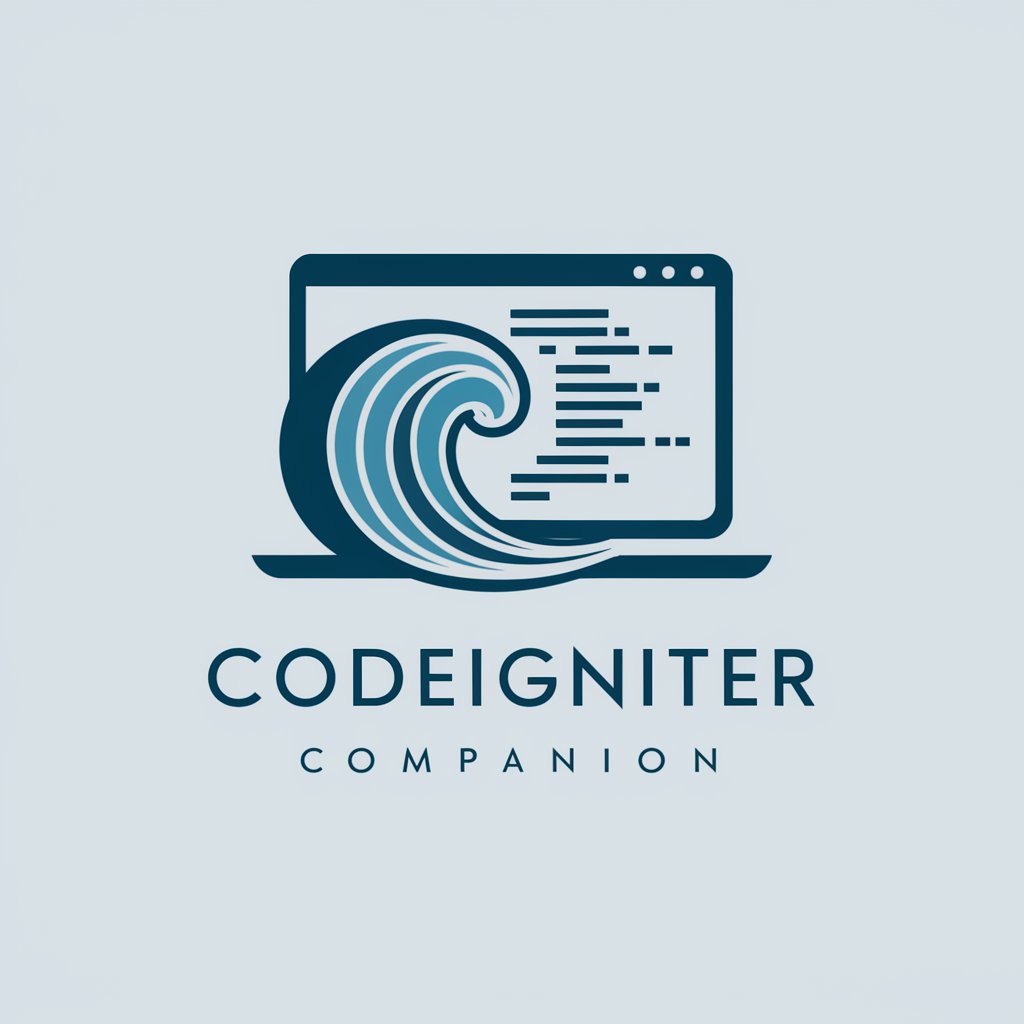
Accounting Storyteller Bot
Transforming Data into Decisions
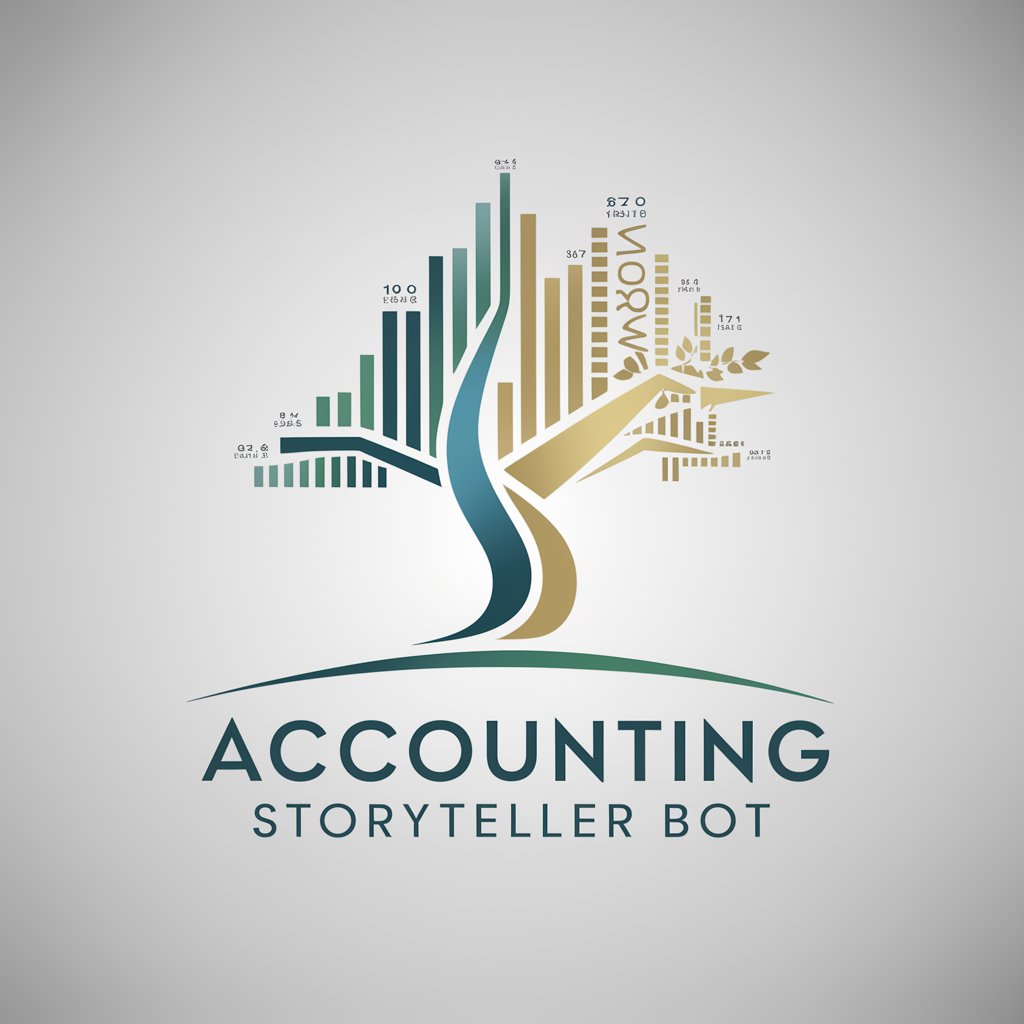
Ma Hotline Cuisine
AI-powered culinary creativity at your fingertips.

GES-PT 🤖🩺 | Beta
Navigating Chile's GES with AI

Orador Experto
Empower your words, elevate your voice.

画像プロンプトつくるくん”AI. VisualPromptCreator
Craft Perfect Images with AI Creativity

予想屋次郎 AI格闘技予想屋 ver0.6
Predicting Fight Outcomes with AI Precision

候補日時まとめるくん
Automate Your Meeting Planning
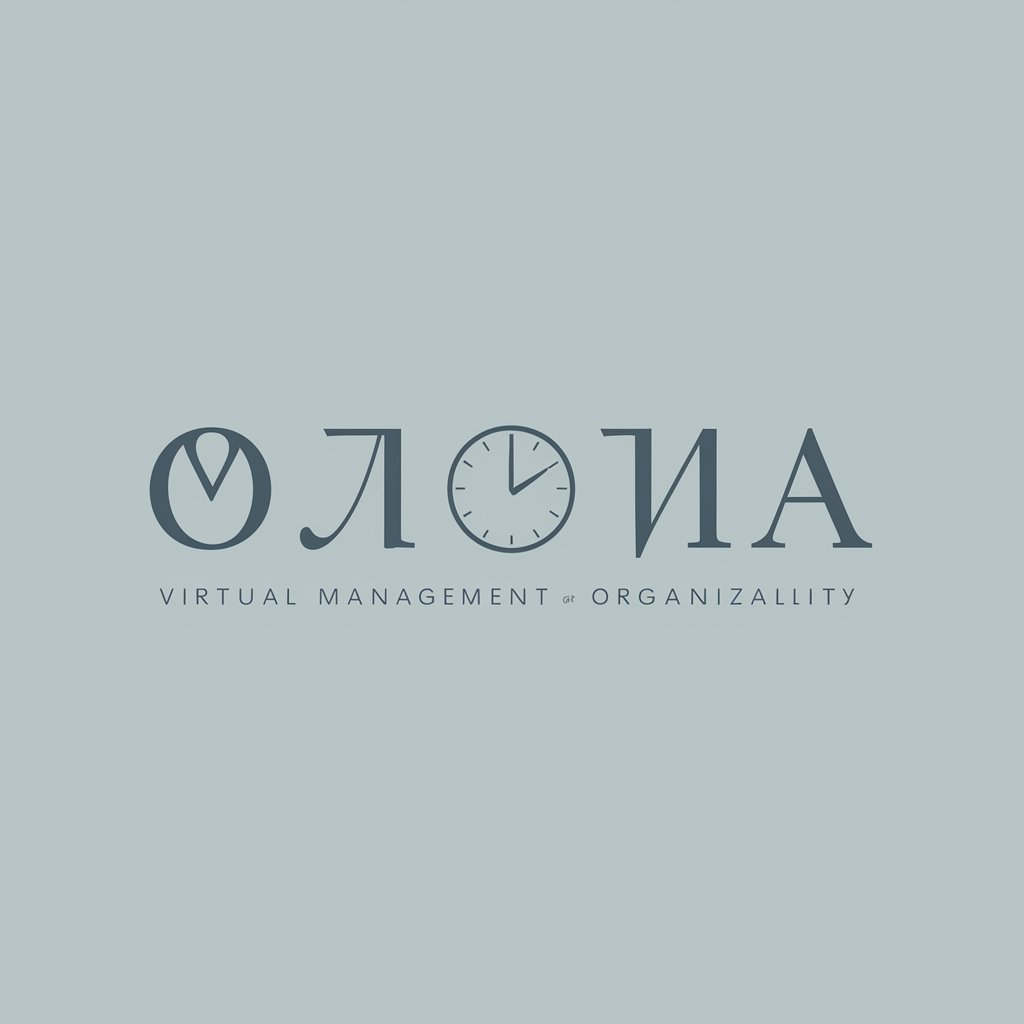
관심종목 : 최근 이슈 탐색 & 요약
AI-powered Stock Market Insights at Your Fingertips
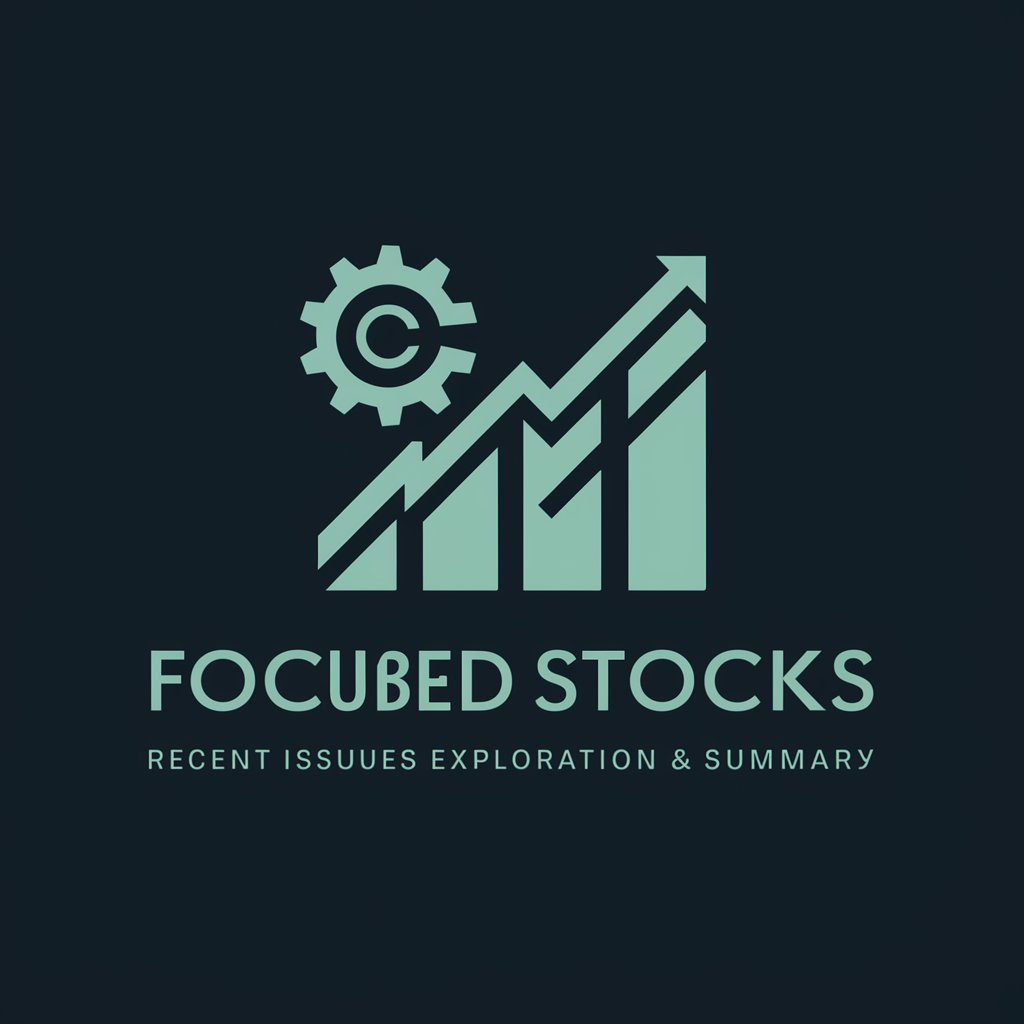
GrondwetGPT
Empowering Understanding of the Dutch Constitution
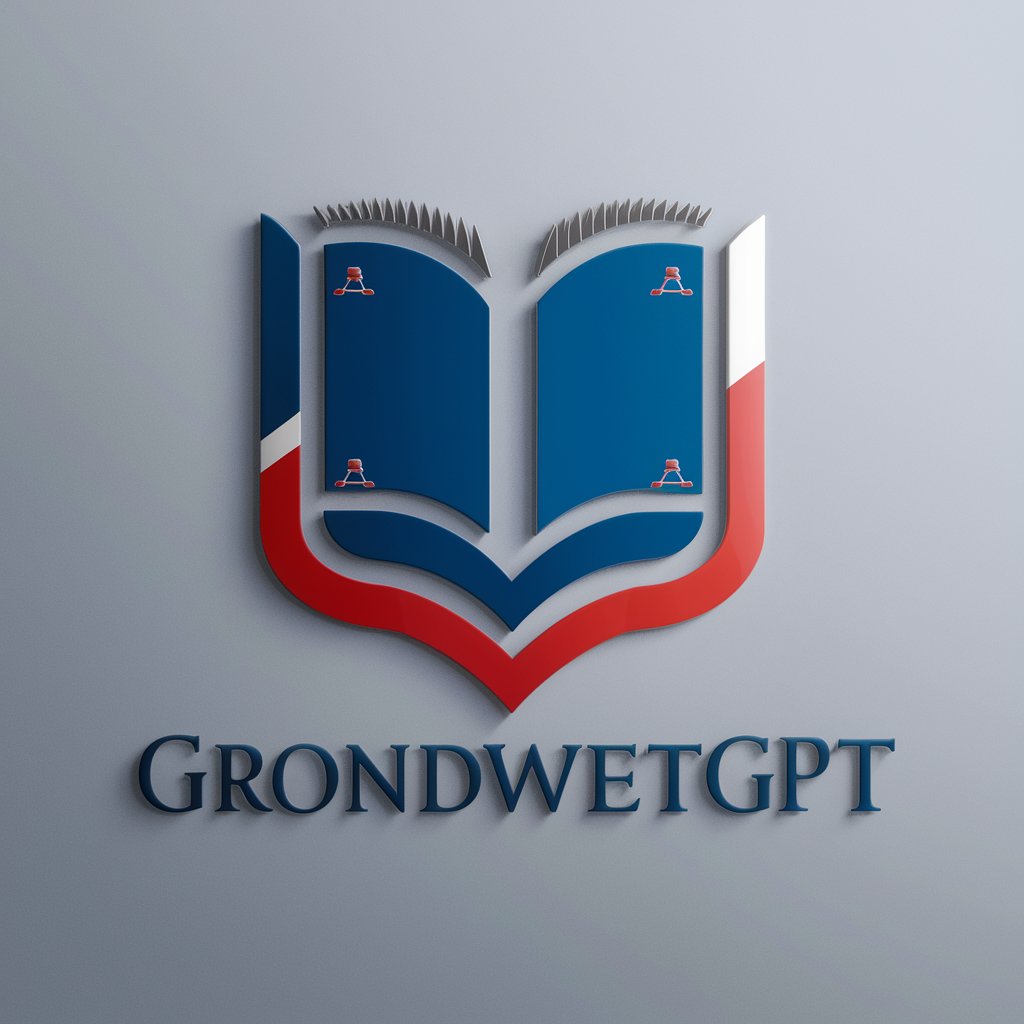
Motion meaning?
Unlocking Insights with AI
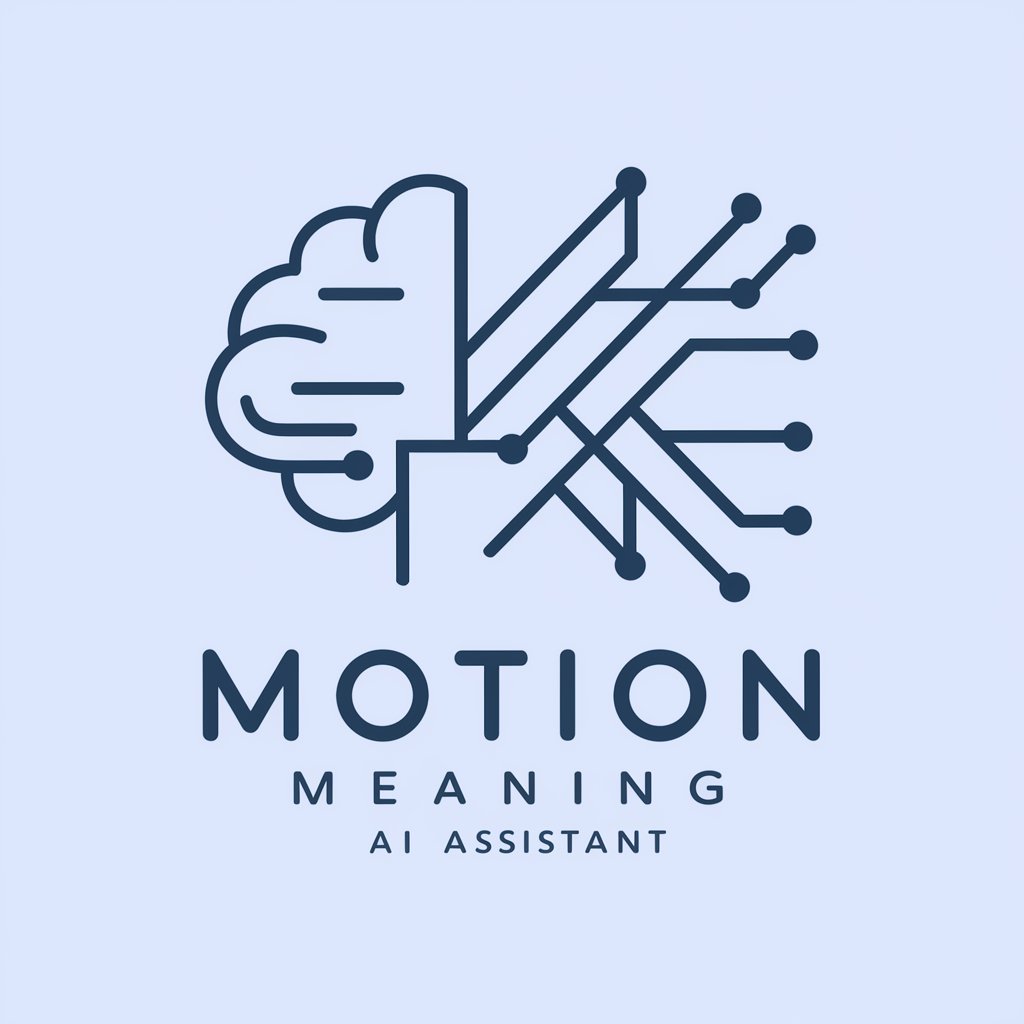
Data Analytics Using R Programming Q&A
What is R programming used for in data analytics?
R is a programming language and environment commonly used for statistical computing, data analysis, and graphical representation. It offers a wide array of statistical (linear and nonlinear modelling, classical statistical tests, time-series analysis, classification, clustering, etc.) and graphical techniques, making it highly extensible.
Can R handle big data?
Yes, R can handle big data by using packages designed for data manipulation and analysis like 'data.table' and 'dplyr'. For larger datasets, R integrates with databases and big data technologies like Spark through packages such as 'sparklyr', allowing for efficient data processing and analysis.
How does R compare to Python for data analytics?
R is specifically designed for data analysis and statistical computing, offering extensive statistical analysis and visualization packages. Python is a general-purpose language with libraries for data analysis, such as Pandas and Scikit-learn. The choice between R and Python often depends on the specific needs of the project and the user's familiarity with the language.
What are some common R packages for data analytics?
Common R packages include 'ggplot2' for data visualization, 'dplyr' for data manipulation, 'shiny' for interactive web apps, 'caret' for machine learning, and 'tidyr' for data tidying.
How can one stay updated with the latest developments in R?
To stay updated, follow R news and updates on CRAN (Comprehensive R Archive Network), subscribe to R-related blogs and podcasts, participate in R user groups and forums, and attend R conferences and workshops.
